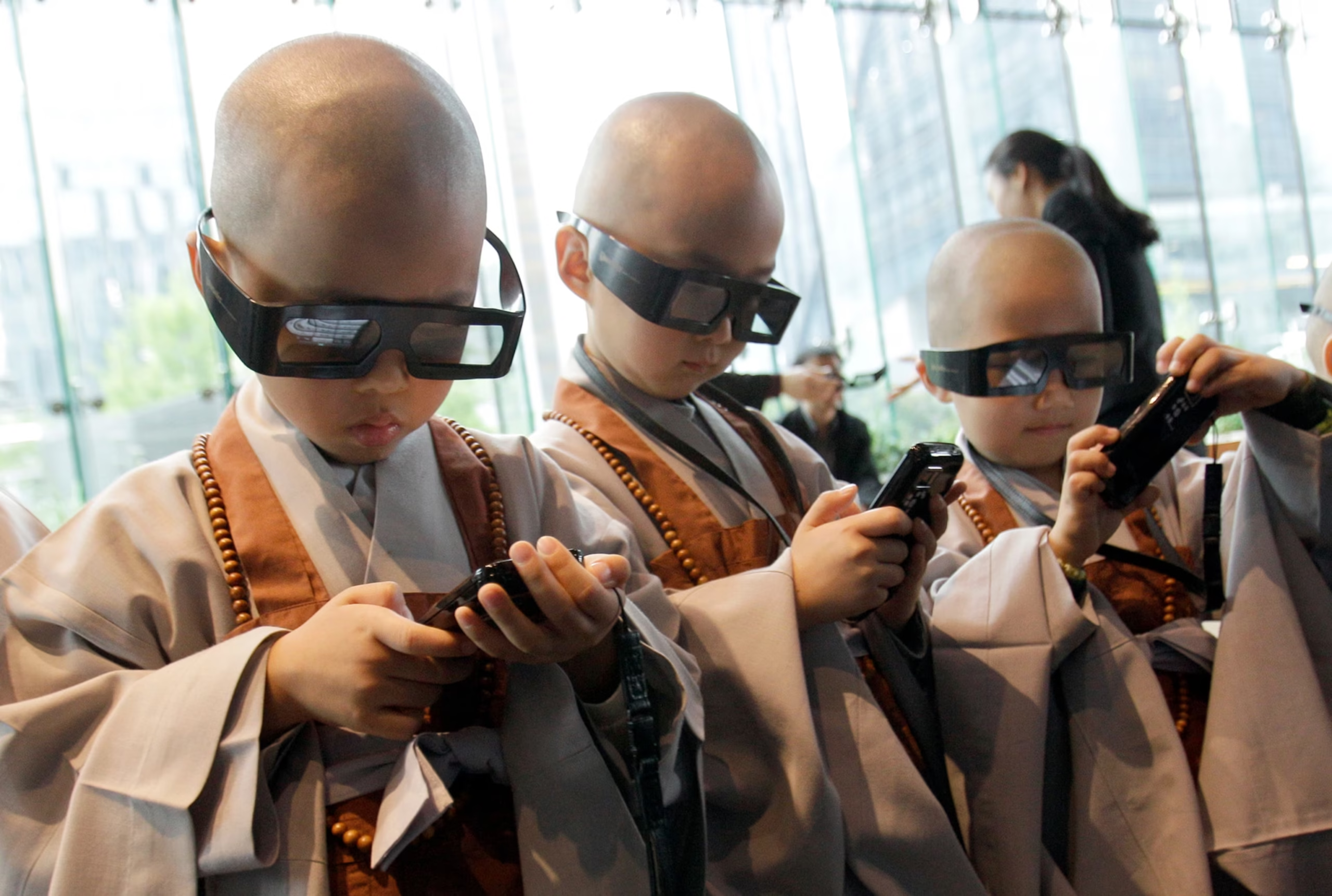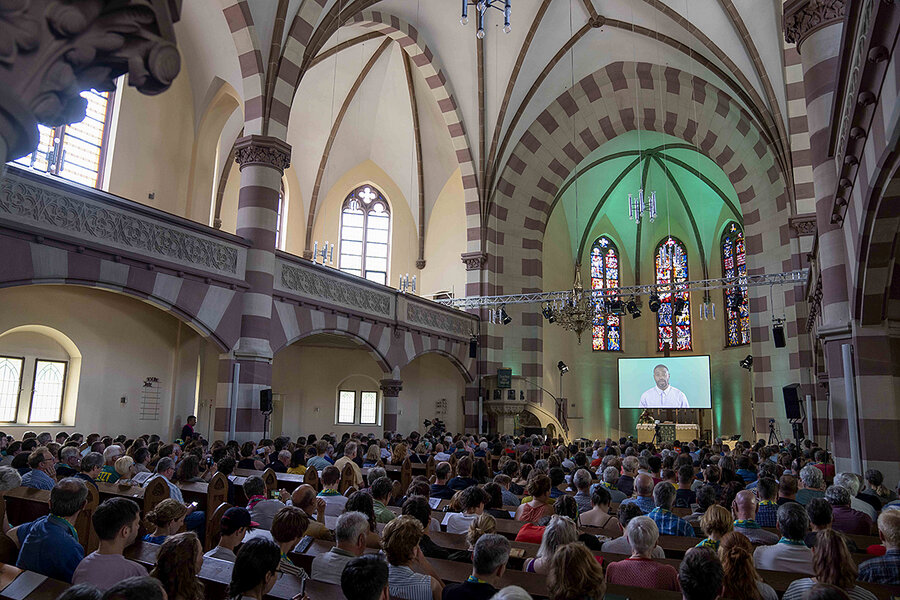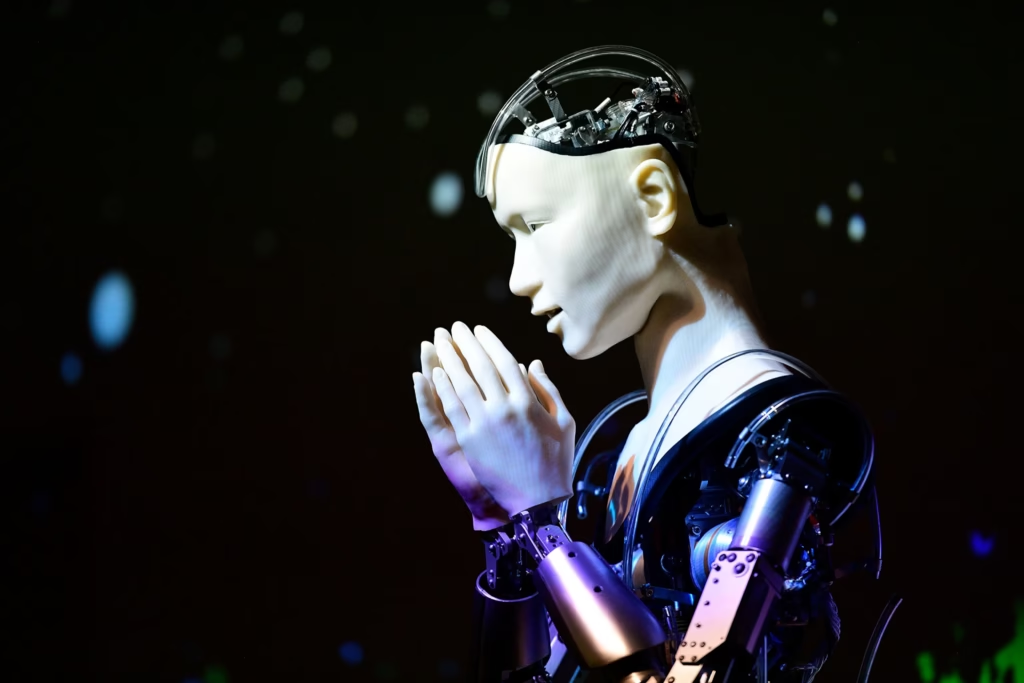How Technology Is Reshaping Religion: From Sacred Scrolls to Silicon

Technology has revolutionized nearly every aspect of modern life—how we communicate, work, travel, and learn. But one of the more profound and quietly transformative areas is how technology is reshaping religion. Across the globe, faith traditions are being transformed by digital tools, artificial intelligence, virtual reality, and social media in ways that challenge centuries-old practices, create new forms of community, and raise urgent questions about spirituality in a digital age.
This article explores how technology is influencing worship, theology, ethics, and identity in religious life—redefining what it means to believe, to belong, and to be human in the 21st century.
1. Digital Worship: The Rise of Online Faith Communities
Worship Goes Virtual
The COVID-19 pandemic accelerated a shift already in progress: the move from in-person religious gatherings to online services. Churches, mosques, synagogues, temples, and spiritual centers worldwide turned to livestreaming platforms like Zoom, YouTube, and Facebook Live to conduct services, sermons, and rituals.
Key Transformations:
- Virtual congregations: People now attend services from different countries, leading to globalized spiritual communities.
- Accessibility: The homebound, marginalized, and geographically distant can participate in spiritual life more than ever before.
- Hybrid worship models: Many religious institutions now offer both in-person and digital participation.
Yet, questions arise: Can a virtual sacrament be valid? Is watching a ritual the same as being immersed in it? For some traditions, especially those rooted in physical presence or oral transmission, this shift is complex and contested.
2. Sacred Texts in the Digital Era
From Scrolls to Screens
Scriptures once inscribed on parchment are now accessible on smartphones. Apps like BibleGateway, Quran Majeed, and Torah Live bring sacred texts into people’s pockets, while interactive commentaries and AI-powered study tools are reshaping religious scholarship.
Benefits:
- Universal access: Individuals from any background can explore religious texts.
- Language and learning: Technology enables real-time translations, voice reading, and educational features.
- Crowdsourced commentary: Online platforms allow believers to engage with texts through discussion forums, blogs, and podcasts.
Challenges:
- Loss of ritual and reverence: Scrolling through scripture on a phone may alter the sanctity traditionally ascribed to sacred texts.
- Misinformation and misinterpretation: The ease of publishing theological ideas online means a rise in pseudo-theological content without oversight.
3. Artificial Intelligence and Religion
AI as a Religious Tool
Artificial Intelligence is entering religious spaces in surprising ways—from chatbots that answer theological questions to AI-generated sermons and digital clergy.
Examples:
- Robot priests: In Japan, “Pepper,” a humanoid robot, conducts Buddhist funeral rites.
- AI-generated texts: Algorithms are being trained to write in the style of spiritual leaders or even generate “new” scriptures.
- Spiritual chatbots: AI chat assistants offer prayer reminders, meditation guidance, and even moral counseling.
Ethical Concerns:
- Can a machine have spiritual authority?
- Is AI-generated scripture legitimate or heretical?
- What happens when AI reflects or amplifies human bias in theology?
The use of AI opens philosophical debates on consciousness, soul, and the nature of divine inspiration.

4. Social Media and the Rise of “Influencer Faith”
Religion Meets the Algorithm
Platforms like Instagram, TikTok, YouTube, and Twitter have created a new class of religious influencers—charismatic individuals who blend faith, lifestyle, and personal branding.
Features:
- Daily devotionals, sermons, and religious content in bite-sized, visual formats.
- Influencers shape spiritual trends, theology, and youth engagement.
- Movements like #ChristianTikTok, #MuslimTwitter, and Buddhist vlogging communities have emerged globally.
Benefits:
- Youth engagement: A generation raised on digital media finds new entry points into faith.
- Global dialogue: Believers can engage in interfaith conversations across continents.
Risks:
- Celebrity culture: Faith may be commercialized or reduced to performance.
- Doctrinal dilution: Messages are simplified for engagement, sometimes at the expense of depth or accuracy.
5. Virtual Reality and Augmented Spirituality
Worship in Virtual Worlds
Virtual Reality (VR) and Augmented Reality (AR) are beginning to offer immersive spiritual experiences:
- Virtual churches and mosques where users attend worship as avatars.
- AR pilgrimage experiences allowing people to “visit” Mecca, Jerusalem, or Bodh Gaya from home.
- Immersive meditation in VR landscapes based on Tibetan mandalas or natural environments.
Implications:
- VR offers powerful emotional and spiritual immersion, especially for those unable to travel.
- Raises theological questions: Is virtual pilgrimage valid? Can sacraments occur in the metaverse?
6. Data, Surveillance, and Religious Freedom
The Dark Side of Tech
Religious communities are not only using technology—they’re also being shaped by its surveillance potential:
- Authoritarian regimes use facial recognition and digital tracking to monitor and suppress religious minorities.
- Data privacy concerns arise as religious apps collect sensitive information.
- Algorithmic bias can censor or promote particular religious views.
Technology can both empower and endanger religious freedom, depending on who controls it.
7. Bioethics, Transhumanism, and the Future of the Soul
Faith in an Age of Enhancement
Technological advances in biotechnology—gene editing, human augmentation, cryonics—challenge religious concepts of the soul, life, and morality.
Questions Emerging:
- Does editing human DNA interfere with divine creation?
- Can a person’s consciousness be uploaded—and would it still be “them”?
- What is the spiritual cost of becoming post-human?
Religious thinkers are now engaging with transhumanist debates, exploring where spiritual and technological visions of humanity align—or diverge.
8. Interfaith and Global Dialogue
Technology as a Bridge
Digital platforms have made interfaith dialogue more common than ever. Forums, online conferences, and shared projects allow religious leaders and believers to work together across divides.
- Online campaigns promote peace, environmental stewardship, and humanitarian aid.
- Conflict resolution platforms have been created for religious diplomacy.
- Language translation tools help bridge scriptural and cultural gaps.
Technology is enabling a digital ecumenism, where faiths find common cause while preserving difference.

Conclusion: A Sacred Shift in Progress
Technology is neither inherently sacred nor profane—it is a tool. But how we use it is reshaping the very structures, rituals, beliefs, and boundaries of religion.
We are witnessing a spiritual transformation unlike any before:
- Faith leaders are learning to code.
- Sacred texts are being reinterpreted by AI.
- Worship happens on screens, in metaverses, and through virtual sanctuaries.
As humanity enters deeper into the digital age, the essence of belief itself—what it means to be faithful, to be connected, to be human—is being reimagined.
The future of religion is not a rejection of technology, but a dialogue with it. And in that dialogue, the ancient search for meaning continues—through prayer apps, virtual candles, algorithmic prophecy, and livestreamed blessings—shaped not by stone and scroll, but by code and connection.




